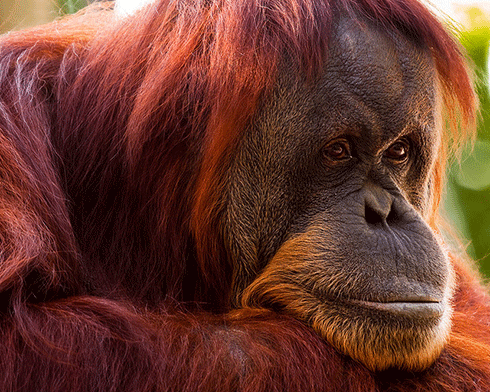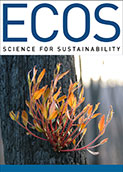
|
Published: 18 August 2014
Saving orangutans: habitat conservation or reintroduction?
Protecting the forest homes of orangutans is the most cost-effective way of boosting the great apes’ chances of survival in the long run, according to a team of Indonesian, Malaysian and Australia scientists.

|
|
Unless we act quickly, most orangutan populations that don’t have adequate protection face a dire future. Credit:
David and Becky CC BY-NC-ND 2.0
|
The research, carried out through the Australian Research Council of Excellence for Environmental Decisions (CEED), has established the best strategies for maintaining orangutan populations for more than 20 years on a limited budget.
‘The International Union for Conservation of Nature (IUCN) has listed the Sumatran orangutan as critically endangered, and the Bornean species as endangered,’ says Professor Hugh Possingham of CEED and The University of Queensland (UQ).
‘Unless we act quickly, most orangutan populations that don’t have adequate protection face a dire future.’
Currently, the two main strategies to conserve orangutans are rehabilitating and reintroducing ex-captive or displaced animals, and protecting their forest habitat to decrease threats such as deforestation and hunting.
In the study, published in PLoS ONE, the researchers analysed which strategy or combination of strategies were the most cost-effective for maintaining wild orangutan populations.
‘We found that the choice between habitat protection and rehabilitation depends on the cost of rehabilitation per orangutan and the rate of deforestation,’ says co-author Dr Howard Wilson of CEED and UQ.
‘If we want to maintain orangutan populations for less than 20 years, then reintroduction is best,’ says Dr Wilson.
‘But if we’re aiming for long?term species conservation, protecting their habitat is by far the best strategy. This is because reintroduction costs 12 times as much per animal compared with protecting its habitat, so rehabilitation is only a cost-effective strategy at very short timescales.’
Prof. Possingham says there is another option – implementing sustainable logging practices and protecting orangutans from hunting in timber production forests.
‘[This option] is intermediate in cost-effectiveness between habitat protection and reintroduction.
Indonesian co-author Dr Erik Meijaard points out: ‘Mopping up orangutans in areas that are being converted for oil palm is good for orangutan welfare, but is a very expensive way to contribute to saving the species. The government may need to rethink its objectives on this.’
Source: CEED



